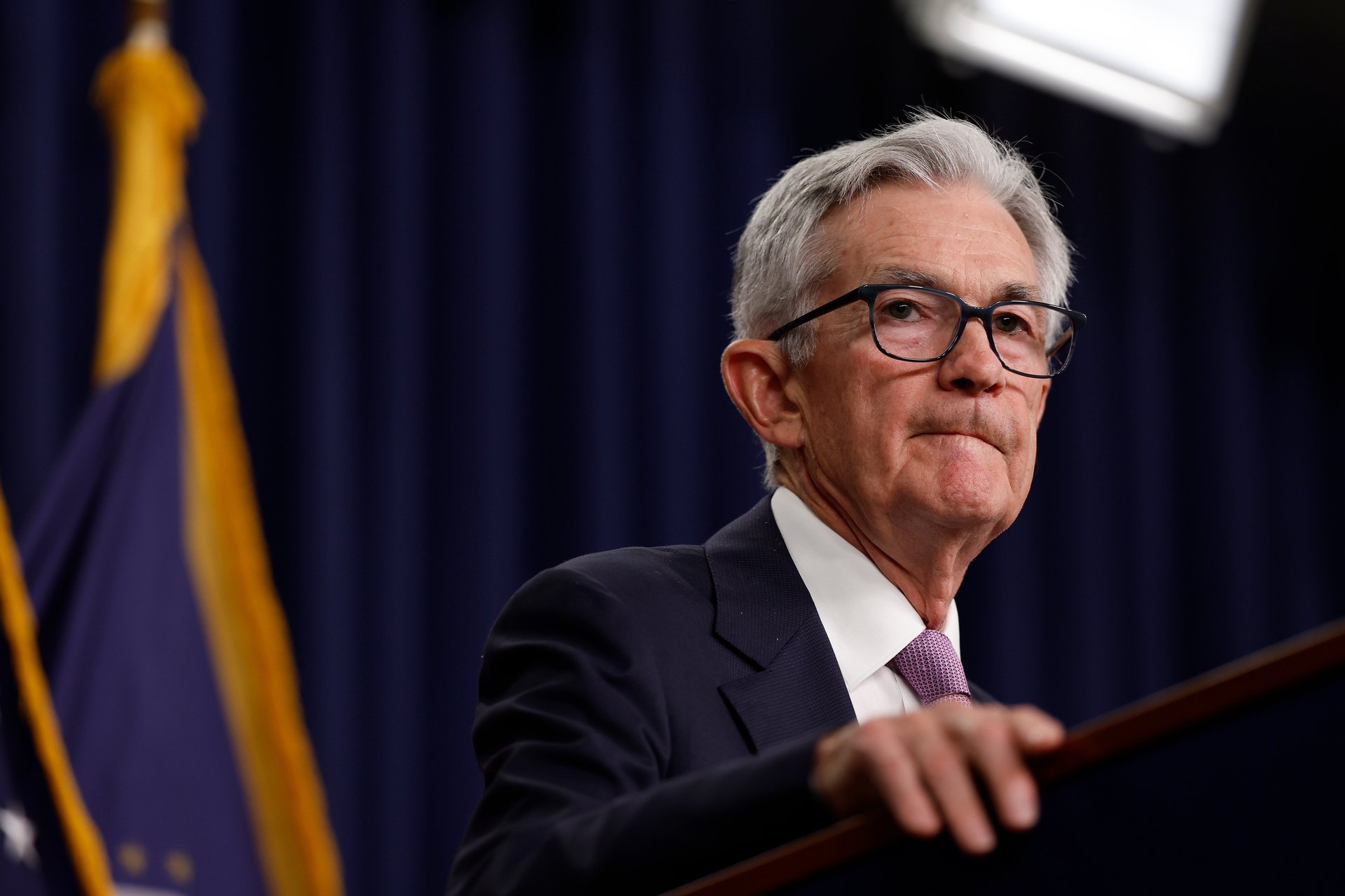Hurricanes will make the Fed's job even harder as disasters muddy economic data
The Federal Reserve will have “less information than usual about the direction of the economy in the next few months" an economist says

The Federal Reserve closely watches economic data, from consumer prices to job creation and jobless claims, as it weighs monetary policy decisions. But the central bank’s job becomes all the more difficult when that information is warped by temporary, external shocks.
Suggested Reading
Employment, retail sales, and industrial production tend to fall in areas hit by storms — a scenario that will likely play out across much of the southeastern United States, which has been battered by a series of deadly, climate change-fueled hurricanes in recent weeks, according to Bill Adams, chief economist for Comerica Bank (CMA).
Related Content
After an initial downturn, however, these sectors tend to quickly rebound as rebuilding starts. This complicates the economic picture.
“That means it will be harder to tell if the economy’s trend is changing in October and November, since monthly changes in upcoming data might be due to the storms or due to a change in the broader economy,” Adams said.
As a result, the Fed will have “less information than usual about the direction of the economy in the next few months,” he added. “What they do know is that inflation slowed before the storms hit, although core inflation continues to run hotter than the headline.”
The consumer price index, a key inflation measure, rose 2.4% in September on an annual basis, coming in slightly above the 2.3% forecast, the BLS reported Thursday. Both headline and core inflation came in hotter than expected on a monthly basis, increasing 0.2% and 0.3%, respectively. Two hurricanes — Francine and Helene — struck the U.S. in September.
Hurricane Milton tore across Florida on Thursday, with as much as $175 billion expected in damages according to one estimate by Jefferies (JEF) analyst Yaron Kinar.
Natural disasters can put the central bank in a tough spot, as they produce opposing effects on the economy, Joel Myers, founder and executive chair of AccuWeather, recently told the Institute for Supply Management.
“On the one hand, the Federal Reserve raises interest rates to reduce inflation,” Myers said. “However, the storms cause inflation by increasing the costs of goods. On the other hand, the hurricanes are harmful to the economy causing some businesses to fail and others to struggle as a result of the disasters, so jobs are being lost, and people and businesses are facing a long tail of economic impacts from the disasters.”
Given the temporary nature of these price shocks, the Fed will likely take incoming data with a grain of salt as it weighs the size of its next rate cut. The Fed’s decision-making arm, the Federal Open Market Committee (FOMC), is set to meet next on Nov. 6-7.
So far, economic data has been promising. Analysts widely expect the committee to reduce interest rates by 25-basis-points. That’s a more measured move following the Fed’s jumbo 50-basis-point cut in September — its first interest rate reduction in four years.
Hurricane Francine, which made landfall in Louisiana on Sept. 11, had “no discernible effect” on national jobs figures, the Bureau of Labor Statistics said in its monthly jobs report last week. The U.S. economy added 254,000 jobs last month, blowing past economists’ expectations. The unemployment rate also trickled down by 0.1 percentage point from August to 4.1%.
But potential early impacts of the storms are beginning to show in some data. Initial jobless claims surged 33,000 to a seasonally adjusted 258,000 for the week ended Oct. 5, the Labor Department said Thursday. These larger-than-expected figures were likely impacted by Hurricane Helene, which plowed through North Carolina late last month and resulted in more than 200 deaths across the southeast. Workers furloughed as a result of the Boeing machinists strike may have also played a role.
And there’s still more key data to come. The Bureau of Economic Analysis is set to release the Personal Consumption Expenditures (PCE) index — the Fed’s preferred inflation metric — on Oct. 31. This could capture the likely elevated prices paid by Americans in and around disaster zones. In August, the PCE came in at a lower-than-expected 2.2%, nearing the bank’s 2% target.
Prices tend to rise in areas where natural disasters hit due to surging demand as people stock up on necessities, like food, water, and gasoline. On Wednesday, the Justice Department, Federal Trade Commission (FTC), and Consumer Financial Protection Bureau warned consumers about price gouging ahead of Hurricane Milton’s landfall.
“As Americans seek safety from natural disasters, we’re hearing troubling reports of price gouging for essentials that are necessary for people to get out of harm’s way — from hotels to groceries to gas,” said FTC Chair Lina Khan in a statement. “No American should have to worry about paying grossly inflated prices when fleeing a hurricane.”